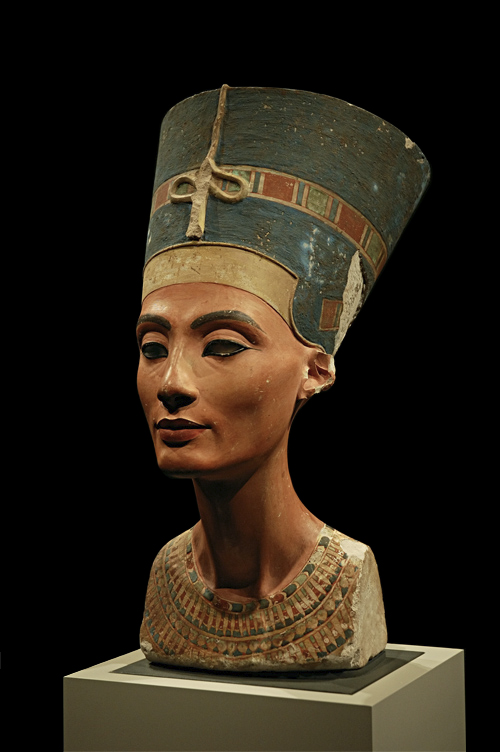|
Berlin Papyrus , a Koine Greek fragment of the Septuagint, dated to the 3rd century CE
{{sia ...
Berlin Papyrus may refer to several papyri kept in the Egyptian Museum of Berlin, including: * Berlin Papyrus 3033 or the Westcar Papyrus, a storytelling papyrus * Berlin Papyrus 3038 or the Brugsch Papyrus, a medical papyrus * Berlin Papyrus 6619, a mathematical papyrus * Papyrus Berlin 17213 Papyrus Berlin 17213 is Koine Greek fragment of the Septuagint dated to the 3rd century CE. Description This is written in papyrus in codex form. P. Berlin 17213 contains fragments of Genesis 19, 11–13, 17–19. Contains a blank space for the n ... [...More Info...] [...Related Items...] OR: [Wikipedia] [Google] [Baidu] |
Papyrus
Papyrus ( ) is a material similar to thick paper that was used in ancient times as a writing surface. It was made from the pith of the papyrus plant, '' Cyperus papyrus'', a wetland sedge. ''Papyrus'' (plural: ''papyri'') can also refer to a document written on sheets of such material, joined side by side and rolled up into a scroll, an early form of a book. Papyrus is first known to have been used in Egypt (at least as far back as the First Dynasty), as the papyrus plant was once abundant across the Nile Delta. It was also used throughout the Mediterranean region. Apart from a writing material, ancient Egyptians employed papyrus in the construction of other artifacts, such as reed boats, mats, rope, sandals, and baskets. History Papyrus was first manufactured in Egypt as far back as the fourth millennium BCE.H. Idris Bell and T.C. Skeat, 1935"Papyrus and its uses"(British Museum pamphlet). The earliest archaeological evidence of papyrus was excavated in 2012 and 2 ... [...More Info...] [...Related Items...] OR: [Wikipedia] [Google] [Baidu] |
Egyptian Museum Of Berlin
The Egyptian Museum of Berlin (german: Ägyptisches Museum und Papyrussammlung) is home to one of the world's most important collections of ancient Egyptian artefacts, including the iconic Nefertiti Bust. Since 1855, the collection is a part of the Neues Museum on Berlin's Museum Island, which reopened after renovations in 2009. History The museum originated in the 18th century from the royal art collection of the Hohenzollern kings of Prussia. Alexander von Humboldt had recommended that an Egyptian section be created, and the first objects were brought to Berlin in 1828 under King Friedrich Wilhelm III. Initially housed in Monbijou Palace, the department was headed by the Trieste merchant Giuseppe Passalacqua (1797–1865), whose extensive collections formed the basis. A Prussian expedition to Egypt and Nubia led by Karl Richard Lepsius in 1842–45 brought additional pieces to Berlin. In 1850, the collections moved to its present-day home in the Neues Museum, built according t ... [...More Info...] [...Related Items...] OR: [Wikipedia] [Google] [Baidu] |
Westcar Papyrus
The Westcar Papyrus (inventory-designation: ''P. Berlin 3033'') is an ancient Egyptian text containing five stories about miracles performed by priests and magicians. In the papyrus text, each of these tales are told at the royal court of king Khufu (Cheops) (Fourth Dynasty) by his sons. The story in the papyrus usually is rendered in English as, "King Cheops and the Magicians" and "The Tale of King Cheops' Court". In German, into which the text of the Westcar Papyrus was first translated, it is rendered as ''Die Märchen des Papyrus Westcar'' ("the fairy tales of Papyrus Westcar"). The surviving material of the Westcar Papyrus consists of twelve columns written in hieratic script. Miriam Lichtheim dates the document to the Hyksos period (eighteenth to sixteenth century BC) and states that it is written in classical Middle Egyptian. Linguist and Egyptologist thinks it is possible that the Westcar Papyrus was written during the Thirteenth Dynasty. The papyrus has been used by hi ... [...More Info...] [...Related Items...] OR: [Wikipedia] [Google] [Baidu] |
Brugsch Papyrus
The Brugsch Papyrus (Pap. Berl. 3038), also known as the Greater Berlin Papyrus or simply Berlin Papyrus, Following Nunn, the Berlin Papyrus is "sometimes known as the Papyrus Brugsch" (p. 37). is an important ancient Egyptian medical papyrus. It was discovered by Giuseppe Passalacqua in Saqqara, Egypt. Friedrich Wilhelm IV of Prussia acquired it in 1827 for the Berlin Museum, where it is still housed. The style of writing is that of the 19th Dynasty, and it is dated between 1350 and 1200 BC. The papyrus was studied initially by Heinrich Karl Brugsch, but was translated and published by Walter Wreszinski in 1909. Only a German translation is available. The papyrus contains twenty-four pages of writing. Much of it is parallel to the Ebers Papyrus. Some of the contents deals with contraception and fertility tests. Some historians believe that this papyrus was used by Galen Aelius Galenus or Claudius Galenus ( el, Κλαύδιος Γαληνός; September 129 – c. AD 216), o ... [...More Info...] [...Related Items...] OR: [Wikipedia] [Google] [Baidu] |
Berlin Papyrus 6619
The Berlin Papyrus 6619, simply called the Berlin Papyrus when the context makes it clear, is one of the primary sources of ancient Egyptian mathematics. One of the two mathematics problems on the Papyrus may suggest that the ancient Egyptians knew the Pythagorean theorem. Description, dating, and provenance The Berlin Papyrus 6619 is an ancient Egyptian papyrus document from the Middle Kingdom, second half of the 12th (c. 1990–1800 BC) or 13th Dynasty (c. 1800 BC – 1649 BC). The two readable fragments were published by Hans Schack-Schackenburg in 1900 and 1902. Connection to the Pythagorean theorem The Berlin Papyrus contains two problems, the first stated as "the area of a square of 100 is equal to that of two smaller squares. The side of one is ½ + ¼ the side of the other."Richard J. Gillings, ''Mathematics in the Time of the Pharaohs'', Dover, New York, 1982, 161. The interest in the question may suggest some knowledge of the Pythagorean theorem, though the papyrus ... [...More Info...] [...Related Items...] OR: [Wikipedia] [Google] [Baidu] |




